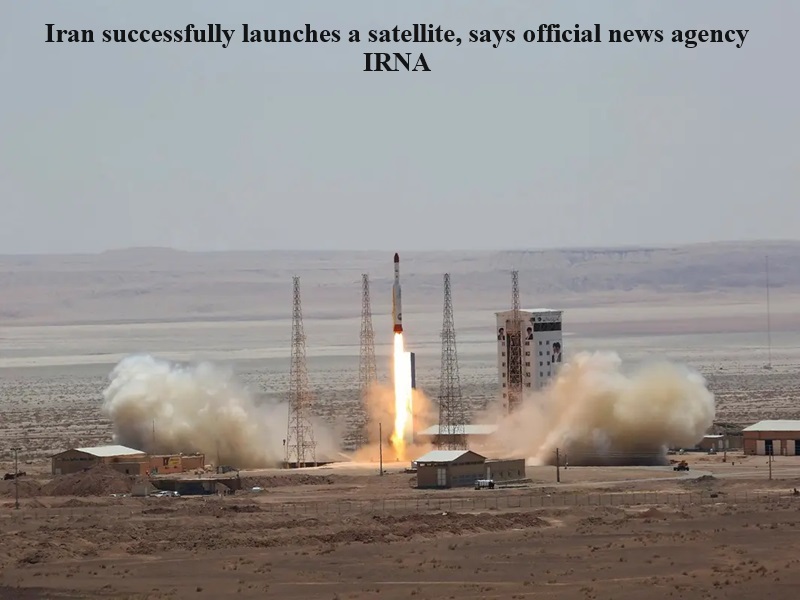
On January 20, Iran achieved a significant milestone in its aerospace program by successfully launching the Soraya satellite using the Qaem 100 satellite carrier of the Islamic Revolutionary Guard Corps, as reported by the official news agency IRNA. This marks the first time Iran has placed a satellite in orbits higher than 500 kilometers (310 miles). Issa Zarepour, Iran’s Telecommunications Minister, stated that the 50-kilogram satellite was positioned in an orbit 750 kilometers above Earth.
The launch has garnered international attention, with the West, particularly the United States, expressing concerns over Iran’s space program. The U.S. has criticized Iran, suggesting that the technology used in the space program could be repurposed for ballistic missiles capable of carrying nuclear warheads. Iran refutes these claims, asserting that its space endeavors are solely for civilian and defense purposes, with no intention of developing nuclear weapons capability.
The Qaem 100 rocket, developed by Iran’s Revolutionary Guards, played a crucial role in the successful launch. This three-stage solid-fuel satellite launcher is a unique development for Iran. While Iran has faced setbacks in previous satellite launches, this achievement comes after the successful launch of Nour-1, the country’s first military satellite, in April 2020.
The geopolitical backdrop includes the strained relations between the United States and Iran, with tensions escalating after the U.S. unilaterally withdrew from the nuclear deal during the presidency of Donald Trump. Subsequent sanctions were imposed on Iran, impacting its economy. Efforts to revive the nuclear deal began under President Joe Biden, but as of now, these talks have not yielded substantial results. The successful satellite launch adds a new dimension to the ongoing dynamics between Iran and the international community.

Post Your Comments